Madras Curry Powder Mix: Spicy Secrets, Savory Stories, and a Sprinkle of Magic
Table of Contents
- Introduction: What’s the Deal with Madras Curry?
- A Dash of History: The Roots of Madras Curry Powder
- Why Madras Stands Out in the Spice World
- The Spice Squad: Breaking Down the Blend
- DIY Madras Curry Powder: A Recipe You Can’t Miss
- Pro Tips: Roasting, Storing, and Using Your Mix Like a Pro
- Spice It Up: Recipes That Bring Madras to Life
- Global Twist: How Other Cuisines Are Embracing Madras
- Buying Guide: Picking the Best Store-Bought Madras Curry Powder
- Conclusion: Make Your Kitchen Pop with Madras Magic
Introduction: What’s the Deal with Madras Curry?
If you’ve ever walked through an Indian grocery store or scrolled through a global spice blog, you might have come across the term Madras Curry Powder. But what exactly makes it different from other curry powders? Spoiler alert: It’s spicier, bolder, and has a flavor profile that dances on your tongue like nobody's business.
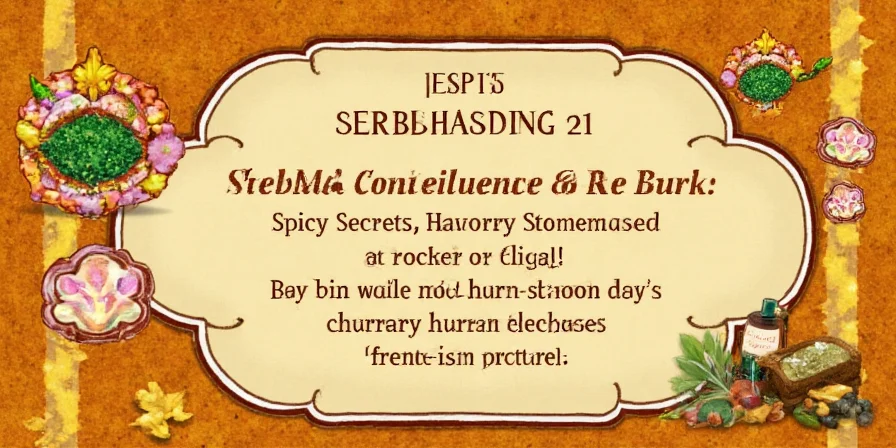
Made famous by the city of Chennai (formerly known as Madras), this blend isn’t just about heat — it’s about balance, depth, and a hint of warmth that keeps you coming back for more. Whether you're cooking chicken tikka masala or tossing roasted veggies, a pinch (or two) of Madras curry can turn everyday meals into extraordinary feasts.
A Dash of History: The Roots of Madras Curry Powder
The story of Madras curry powder begins in the bustling port city of Madras (now Chennai) during the British colonial era. Unlike regional spice mixes such as garam masala or panch phoron, Madras curry powder was created to cater to British palates craving 'authentic' Indian flavors but without too much complexity.

Over time, it evolved into something more than just a fusion experiment. Today, it represents South Indian cuisine at its finest — bold, bright, and deeply aromatic. Though often associated with Western interpretations of Indian food, authentic Madras curry blends remain a staple in Tamil Nadu kitchens and beyond.
Why Madras Stands Out in the Spice World
Curry powders vary widely across regions and cultures, but Madras curry powder brings some unique flair to the table. Here’s how it stacks up against other popular curry blends:
| Curry Type | Heat Level | Main Flavor Notes | Common Use |
|---|---|---|---|
| Madras Curry | High | Tangy, Spicy, Earthy | Kormas, Vegetable Curries, Grilled Meats |
| Garam Masala | Low-Medium | Warm, Sweet, Woody | Finishing spice for stews and biryanis |
| Jamaican Curry | Medium-High | Smoky, Allspice Forward | Caribbean-style curries and roti fillings |
| Japanese Curry | Low | Sweet, Mild, Slightly Smoky | Japanese kare raisu (rice curry) |
As shown above, Madras curry powder stands out due to its punchier profile. It’s perfect when you want your dish to make a statement — both in aroma and taste.
The Spice Squad: Breaking Down the Blend
So what goes into this magical mix? While there’s no one-size-fits-all recipe, traditional Madras curry powder typically includes the following players:
- Coriander Seeds – The base note, offering earthiness and mild citrus tones.
- Cumin – Adds smokiness and depth; think of it as the soul of the blend.
- Mustard Seeds – For a slight mustardy tang and nutty aftertaste.
- Fenugreek – Brings bitterness balanced with sweetness, adding complexity.
- Red Chilies – The firestarter. Depending on the region, this can range from mildly spicy to “hold-the-water!” hot.
- Turmeric – For color, anti-inflammatory benefits, and a subtle bitter undertone.
- Black Pepper – Enhances bioavailability of turmeric and adds bite.
- Garlic & Dried Ginger – Optional but common in many homemade versions for extra savory kick.
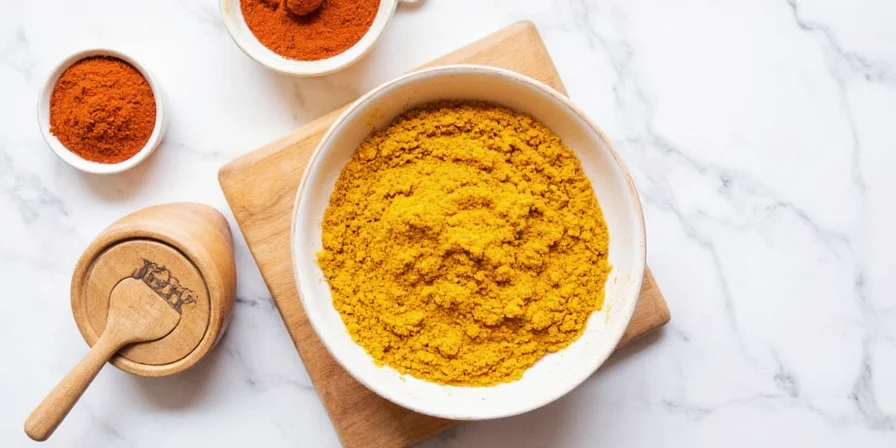
The exact ratio depends on personal preference and regional traditions. Some families even keep their blends secret — passed down like heirlooms.
DIY Madras Curry Powder: A Recipe You Can’t Miss
Ready to make your own? Here’s a simple yet flavorful homemade Madras curry powder recipe that’ll elevate your next meal:
Ingredients:
- 1/4 cup coriander seeds
- 2 tbsp cumin seeds
- 1 tbsp fenugreek seeds
- 1 tbsp black mustard seeds
- 1-2 tsp dried red chilies (adjust to taste)
- 1 tsp turmeric powder
- 1/2 tsp ground black pepper
- Optional: 1 small dried red chili, 1-inch piece of ginger, or 2 garlic cloves (roasted first)
Instructions:
- Toast the whole spices (coriander, cumin, fenugreek, mustard, red chilies) in a dry pan over medium heat until fragrant — about 2–3 minutes. Stir constantly to avoid burning.
- Let cool slightly, then grind into a fine powder using a spice grinder or mortar and pestle.
- Add turmeric and black pepper, and mix well.
- Store in an airtight container away from light and moisture.
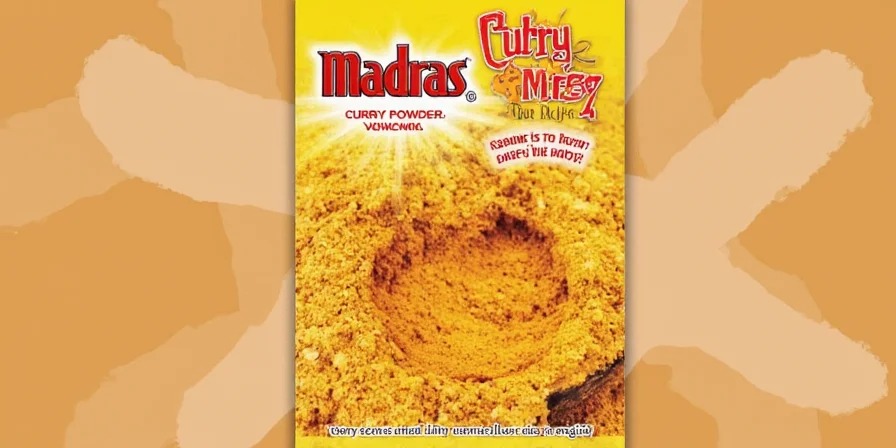
This batch should last about 3–6 months if stored properly. And trust us — once you go fresh, you’ll never look back!
Pro Tips: Roasting, Storing, and Using Your Mix Like a Pro
Now that you’ve got your freshly made Madras curry powder, here are some pro-level tips to get the most out of it:
- Roast before use: Even pre-made blends benefit from a quick toast in a dry pan. Just don’t walk away — these spices burn fast!
- Add early in cooking: Unlike garam masala, which is usually added at the end, Madras curry does best when cooked into sauces and bases.
- Balance with dairy: Coconut milk, yogurt, or cream help mellow out the heat while enhancing the spices’ richness.
- Use as a dry rub: Try mixing with oil and slathering on chicken, lamb, or tofu before roasting or grilling.
- Pair with acidic ingredients: A splash of lemon juice or vinegar can lift the flavors and cut through the heaviness.
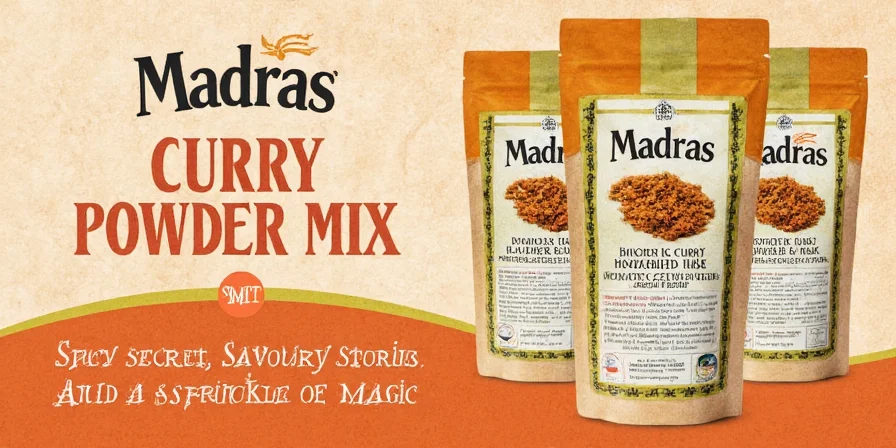
Spice It Up: Recipes That Bring Madras to Life
Don’t know where to start with your Madras curry powder? Here are a few crowd-pleasing ideas to get you inspired:
- Madarasi Chicken Curry – Simmer onions, tomatoes, and garlic in oil, add the spice mix, and cook until fragrant. Add chicken and coconut milk for a creamy finish.
- Roasted Cauliflower with Madras Yogurt Glaze – Toss florets in olive oil and Madras curry, roast until golden. Drizzle with spiced yogurt and mint.
- Madarasi Lentil Soup – Cook red lentils with onion, garlic, ginger, and a hefty spoonful of Madras curry. Finish with lime and cilantro.
- Madras Eggplant Stir Fry – Sauté cubed eggplant with bell peppers, onion, and Madras curry. Serve with rice or naan.
- Spiced Popcorn – Toss warm popcorn with melted butter and a dash of Madras curry. Add a pinch of salt and Parmesan for extra umami.
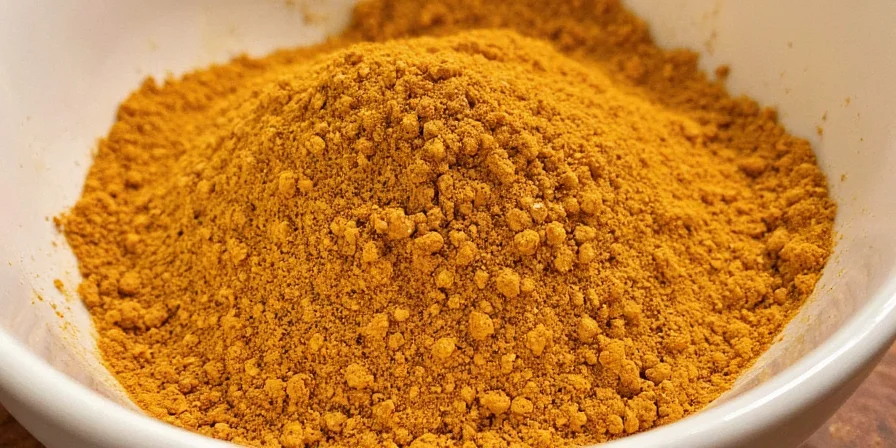
Global Twist: How Other Cuisines Are Embracing Madras
Thanks to the internet and fearless home cooks, Madras curry powder is no longer limited to Indian kitchens. Food lovers worldwide are experimenting with it in exciting ways:
- Madras Mac and Cheese – Swap regular paprika with Madras curry in your béchamel sauce for a spicy twist.
- Spiced Hummus – Stir a teaspoon into chickpea hummus along with tahini and lemon.
- Madras Bloody Mary – Rim the glass with a mix of Madras curry and salt, and add a pinch to the tomato base.
- Grilled Cheese with Madras Butter – Spread Madras-infused butter on bread for a sandwich that packs a punch.
- Madarasi Quesadillas – Fill tortillas with spiced chicken, cheese, and diced mango salsa.
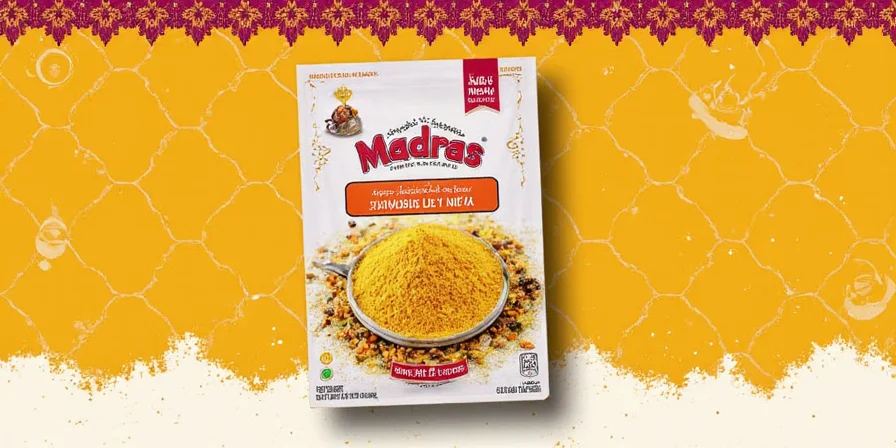
The versatility of Madras curry powder means the only limit is your imagination. Go ahead — spice up your world!
Buying Guide: Picking the Best Store-Bought Madras Curry Powder
Not everyone has time to grind their own spice blend — and that’s okay! If you’re shopping for Madras curry powder, here’s what to look for:
- Color: Deep amber to reddish-orange. Bright yellow probably means extra turmeric and less depth.
- Smell: Must be pungent and complex — a wave of heat, earthiness, and floral notes all at once.
- Label Reading: Look for minimal additives. Ideally, it should contain only whole spices, with no preservatives or artificial flavorings.
- Brand Recommendations: Try brands like Patak’s, MDH, or Spice Garden for high-quality options available globally.
- Country-Specific Versions: Check specialty stores for authentic Tamil Nadu-made blends if possible.
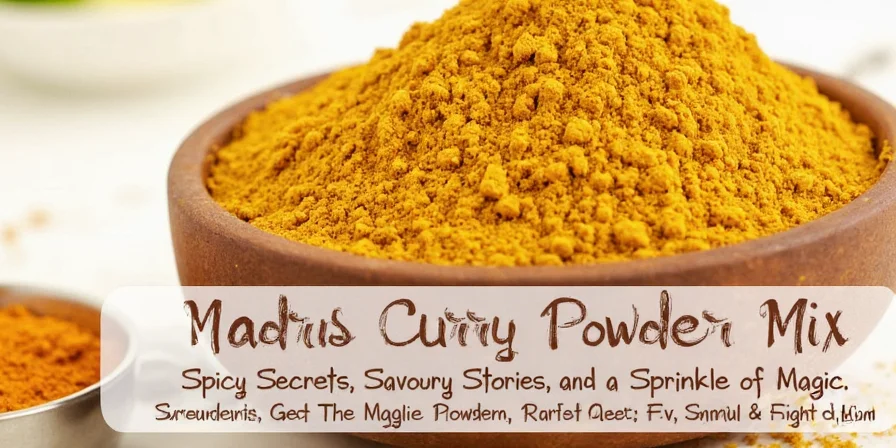
Conclusion: Make Your Kitchen Pop with Madras Magic
Madaras curry powder is more than just a bottle on the spice rack — it’s a passport to bold flavors, cultural heritage, and culinary creativity. Whether you whip up your own custom blend or pick up a trusted brand from the store, this vibrant spice deserves a permanent spot in your kitchen.
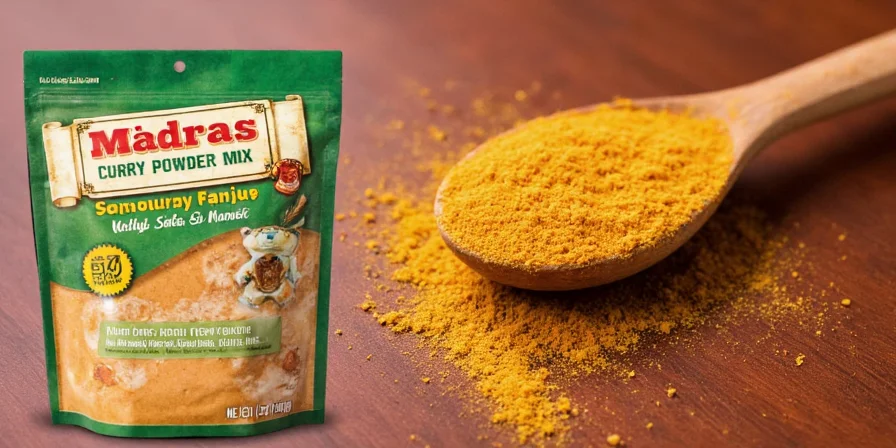
So go ahead, embrace the heat, explore new recipes, and let your inner spice enthusiast shine. After all, life’s too short for bland food — especially when you’ve got Madras curry powder waiting in the wings.

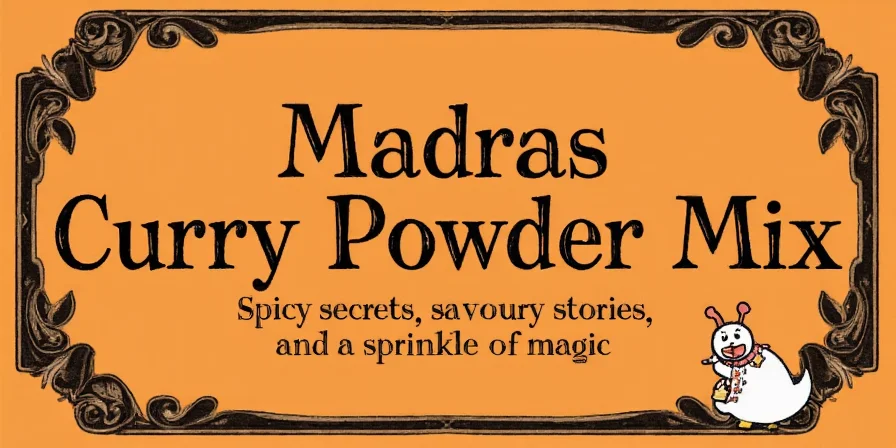









 浙公网安备
33010002000092号
浙公网安备
33010002000092号 浙B2-20120091-4
浙B2-20120091-4